Selecting a Great Bird Dog: It’s All About Managing Your Expectations
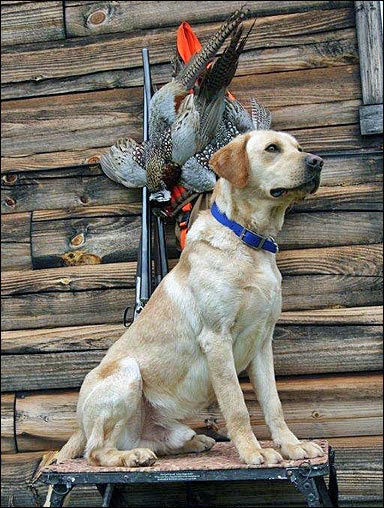
Selecting and enjoying a great dog that also happens to be a Great Gun Dog is made simpler and a lot more fun if you follow one golden rule: Be honest and realistic about managing your expectations.
Unlike most articles that offer advice about dog selection, quality of training, and eventually enjoying a great Gun Dog, I am going to speak from the perspective of a common bird hunter of 35 years, and how I found great gun dogs by learning to be realistic with my expectations.
The simple fact is the dog you select will have a primary role as a family pet and companion for most of the year, and be an actual gun dog for a very short period during the hunting season. I recognize this statement may be uncomfortable to many, but once the season’s memories of great points, retrieves or flushes fade, the reality of everyday life sinks in. Managing these realities will allow you to make a better choice in selecting a dog that will provide you and your family years of enjoyment both in the field and in your home.
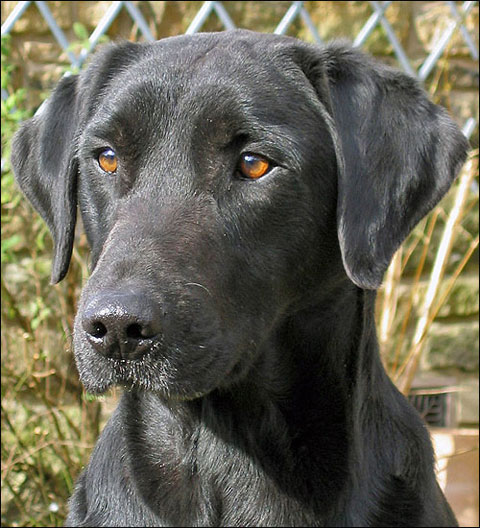
Over the years, selecting, training and hunting with great dogs has primarily been focused on two areas: the dog’s pedigree and an intense level of training. While I appreciate the importance of both, I do not fully subscribe to the intense levels of either the pedigree or the training. I’ve had the privilege and memorable enjoyment of hunting and owning great field dogs that did not possess superstar pedigrees and intense levels of training.
I’ve also had the misfortune of owning dogs with outstanding lineage that included big championship backgrounds: investing much time and expense training that ultimately produced some of the most difficult, non-enjoyable hunting experiences and worse, poor family dogs. I say this with certainty because I’ve scratched my head in disbelief trying to comprehend how the dog that was born, bred and trained to be a superstar was at best, average, and the other dog who had a fraction of the credentials was so superior.
I have since learned to judge the various dog’s capabilities by simply managing my expectations appropriately. The result is a more honest view of overall talent, abilities and compatibility for my needs. It’s taken me decades of trial and error, and about 15 dogs to determine this method for evaluation and decision making. It has served me well, and I believe it will help you as well.
Once you begin to manage your expectations by broadening the criteria to personality, pace, range, temperament, simple friendliness and any other attribute that you would use to form an opinion about what is important, your selection of a dog becomes easier to make, grow with, and ultimately, hunt with.
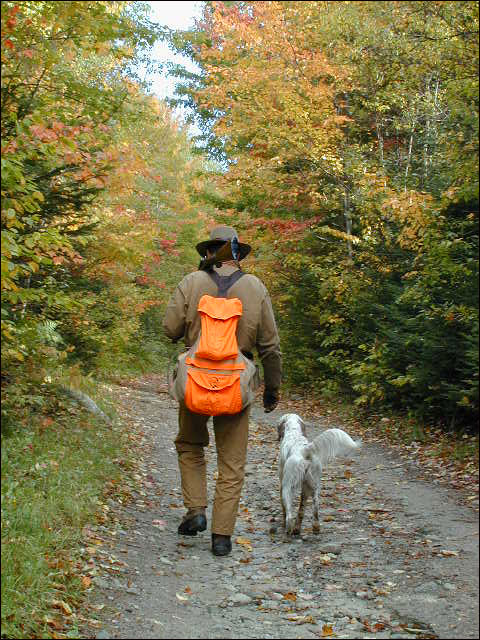
Sadly, the “personality traits” of a dog are too often left out of the equation since most of the selection criteria is focused on the ability to simply hunt. This omission commonly leads to a potential mismatch between dog and owner. Typically, discussion of selecting great gun dogs revolves around pedigree, lineage (amount of trophies and ribbons), and training. While certainly important, my experience has found that focusing on an un-attainable desire for perfection is a typically myth that the vast majority of hunters will NEVER obtain. So why place that level of pressure on yourself and the dog?
The old time instructions for obtaining a great hunting dog goes something like this: First, you have to get the best possible puppy, based on the family tree of current and past champions. This typically means a price tag of $1,500-plus. Keep in mind that this is for a three-to-six month old untried, untested “gamble.” Just because the sire or dam of a puppy is a champion does not mean your selected dog from the litter will do the same. In fact, the odds are overwhelming that it won’t happen. It’s similar to thinking that your Uncle Fred’s great musical talent will automatically be passed down to his kid. It’s an unrealistic expectation.
The second directive typically given to obtaining a great gun dog is providing high-end training to produce a superior, talented dog that will be the envy of all. This, in my opinion, is also a myth – not to mention, it can become very expensive for the common hunter. Training varies for different needs, purposes and breeds. If the dog does not have the desire and talent to hunt simply move on to the next dog. A very famous trainer once told me that you can’t train talent and desire. Training is merely a controlled level of discipline to help lead the dog so they can be more successful in the hunt.
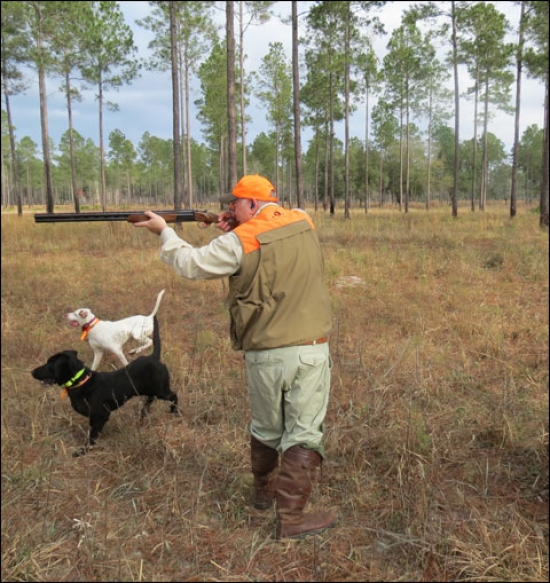
People see a highly trained dog at a field trial and dream that is the kind of dog they would like. While the talent of the dog and the trainer are fun to watch and should certainly be respected, I’ve hunted behind field trial champions, and very rarely have had fun. The level of discipline, accuracy and robot-like precision demanded of the dog in an uncontrolled real hunting setting was too much for the dogs, handlers, and certainly, the hunters.
Keep in mind that field trials are all about performance, discipline, and ACCURACY – all within a limited time. The dog is run through a set of obstacles and scenarios which represent “hunting situations.” The dog and handler have a time limit to show their capabilities to a group of judges that have a check list of what constitutes great dog work. It looks really great at the trials, but it seldom goes that way in real life situations.
Don’t get me wrong, I love and support field trials, but I think that people trying to duplicate dogs that have been professionally trained to repetitively do something perfect every time is an unwise management of expectations for the common hunter. My advice for people going to field trials is to observe and even take notes, pictures and videos of certain traits that each dog has that are important to you and how you like to hunt. I purchased a black lab named Dee Dee from a professional trainer for a much discounted price because she was a trials dog “washout” and considered by the trainer to be useless.
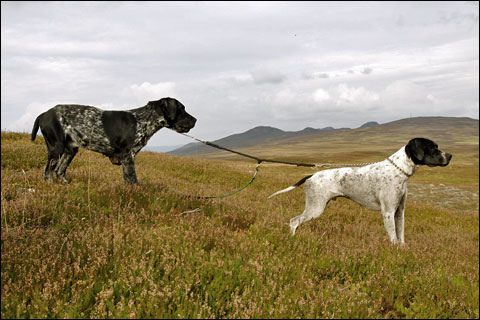
Dee Dee was 28 months old, doing multiple retrieves, taking hand signals and making blind retrieves of over 300 yards with no problem. In my opinion, that’s a lot to ask of a 28-month-old dog, but the dog had talent, and more importantly, had what I was looking for – an unbelievable desire and work ethic. When I asked the trainer why she was useless, he told me that she had a tendency to slightly fade to the left on long casts, and that she would not pick up birds in the succession in which they were shot. She would pick up the closest bird first then the next and the next. I could not care about these “flaws” as I watched this dog make eight retrieves in successions − always running to and from the retrieved birds at full speed.
Needless to say I hunted Dee Dee until she died at age 11. She retrieved over 1,500 birds during her life with me as I used her heavily on many spring North Dakota Snow Goose hunts where there were no bag limits. She commonly made remarkable one-quarter mile retrieves on ducks and geese, and picked up over 250 ducks and geese on a three-day Saskatchewan hunt with eight other hunters using a simple command of “back.” People who hunted with us were so enamored with her that I would often let them handle her, as she would take direction from anyone. I never heard the dog bark, and she would simply fall asleep while kids tugged on her ears.
When Dee Dee turned five and was in her prime she also became a great pheasant dog − with her talents further exceeding my expectations. So while the trainer found her to be useless because she was not a precise robot I found her to be one of the most enjoyable and talented dogs that I ever hunted, and she was an incredible social companion and family dog. He had his expectations, and I had mine.
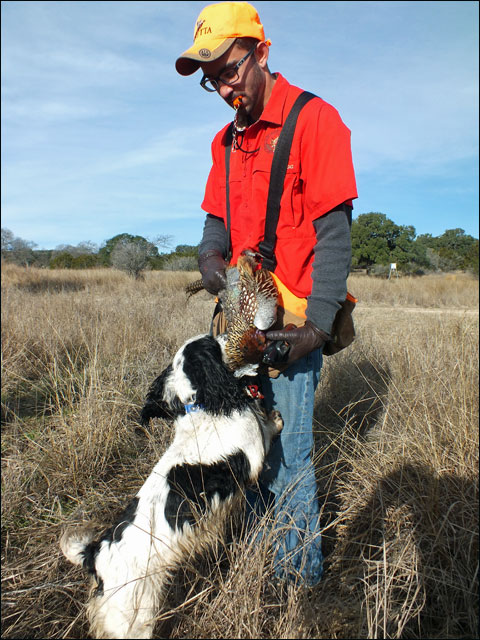
It’s also important to keep in mind as you consider and make your selection, that like people, dogs have their own personalities, talents and abilities that need to be seriously considered. Like people, dogs also have their good days and bad days − in other words they make mistakes and you have to consider that reality into your level of expectations.
I am not advocating that the dog just has free reign and can do whatever they want. Far from it. I have put many a dog away into their car crates because they just decided to hunt on their own terms, with bad habits and insular behavior. Additionally, if the dog does not hunt, or even worse, ends up having limited desire, cut your losses and move onto a better choice.
The one piece of advice I consistently give to minimize this from affecting your sanity and pocket book is NOT to buy puppies. Instead, look at 18–24 month started dogs. With puppies, you have no idea of what you are going to eventually get. With a started dog, you can see the early stages of their talent, personalities, and other attributes. Believe me I have gone through my share of cute puppies with great lineage that turned out to be huge disappointments and eventually someone else’s pet.

Additionally, the vast majority of people hunt with their dog for only about six-to-eight times during the season. The other 10 months, both people and dogs go back to their normal everyday non-hunting lives. Having unrealistic expectations of “what should happen,” within this limited hunting time frame will only frustrate you and take away the heart and desire from the dog. They may not remember every signal that was trained into them three years ago, or understand that they are now hunting wild sharp tailed grouse in open prairies instead farm-raised pheasants on less than 10 acres because it’s a completely different hunting experience. Manage your expectations by being realistic and fair about the circumstances.
Here are my five basic points for selecting and producing a great gun dog:
1. Be realistic. You hunt ducks five-to-six times a season, mostly over open water where the bird falls are typically within 50 yards so the dog can easily see and mark the fall. That should be your hunting specifications most of the time. Buy, train and manage your dog to that primary specification.
Once you get the bread-and-butter of your normal hunting taken care of, you can always expand from there. The breeder and trainer will also appreciate your honesty and expectations as they will better match the right dog and needed training. Most importantly, the dog will perform to these needs and, with repetition, will actually exceed those expectations. On the flip side, you can’t expect that same dog to do a blind retrieve a quarter of a mile away in heavy cover while having to go through three bodies of water to get to the fall. An un-realistic expectation, and frustrating for both the dog and owner to even try.
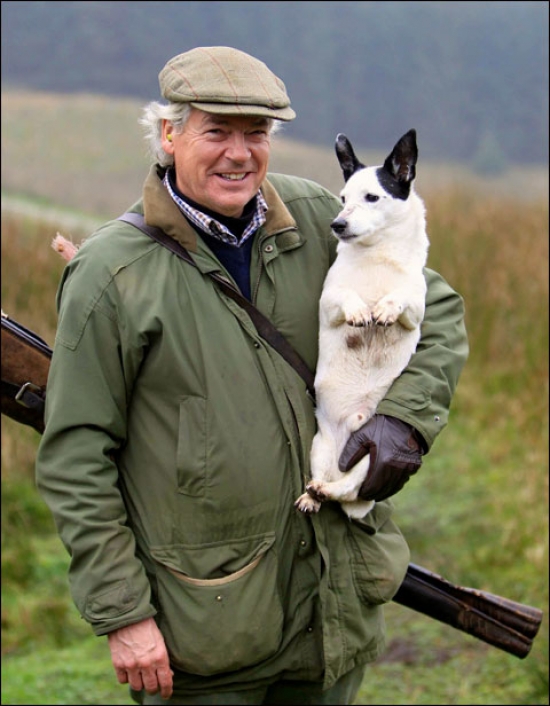
2. Remember you are purchasing and bringing into your life a partner for both hunting needs and general interaction with you, the family and your friends. For the majority of hunters looking at dogs, select for 10 months of family dog/personal companion, and two months of hunting dog. If your prized hunting dog covers a field like a vacuum cleaner for the two months that you hunt, but is a spastic uncontrolled lunatic for the other 10 months no one will want to be around the animal − including yourself.
When I lived in Alabama, and English Pointers were the primary dogs I hunted with, I painfully learned that most were not much fun the rest of the year since they were extremely high strung and had a mind of their own when it came to controlling the hunt. I was forever on edge and I constantly had to reign them in and “remind them” with an electronic e-mail about who was in charge. They were great dogs with tremendous talent, but horrible rest-of-the-year partners.
3. Select the dog based on your hunting and personal criteria first and their pedigree second. In my opinion, no pedigree can guarantee personality, talent, work ethic, drive, calmness, being social with people or other dogs. While this is highly personalized and selective, do not compromise or be swayed by just one attribute − good or bad. Look at the entire package that combines three-to-five of your favorite attributes for the characteristic of what you want.
For me, it’s the work ethic, intelligence in working out a challenge, working well in tandem with other dogs, a calm temperament, and the talent to be pushed into something new. Within this area also be honest about your own skill level in running and managing a dog in a hunt, and as a year-round pet.

I hunted with a guy at the Flying B Ranch in Kamiah, Idaho some time ago who was running his own English Pointers. The Flying B is a great place for big running pointers as most of the terrain is fairly open and the dogs can be seen when they go on point at a distance. As we were driving to our field, he spent the better part bragging on how much money he spent on the pointers and how “awesome” they were. As we started to hunt, he was insistent on running both dogs at the same time, even though neither was trained to honor, and both tried to steal the others point. When I saw this, I kindly suggested that we run one dog at a time as to keep the other dog “fresh.” He insisted that he could control the situation. Long story short, after the third point fiasco of one dog busting in on the others point and flushing the birds completely out of range, he was so enraged that he was using the shock collar on both dogs, and basically burning them like toast every time they went on point. A half hour later, both dogs were so terrified that they had their tail between their legs and refused to come out of the truck kennel. Forget the fact that we never fired a shot that morning. Forget the fact that this guy lost all sense of reality and better judgement by burning up both dogs with a non-stop, level-five shock, all because this person would not face up to his limitations, lack of knowledge, and inability to control his ego.
4. Adding to point 3, be realistic on managing the time investment needed to make a great gun dog. From my experience, most good, started dogs become great dogs at about five years old and go until 10 or 11 (health being satisfactory). That’s not to say it all comes together for a dog at age five as your partnership grows. Like good friends, you find out a lot about each other’s strengths, weaknesses, maturities, and passions over time while spending countless scenarios in the field to better understand and appreciate each other.
Yes, believe-it-or not, your dog grows and strives to understand your abilities, desires and expectations too. For those who have had their dog look back at them when they missed a simple shot on a flushed pheasant, you will know exactly what I mean. Typically, the first two-to-three years of post-training hunting is spent on a combination of establishing who’s in charge, figuring out where the best opportunities for success are, and understanding the expectations. It’s typically by year four or five when the team operates as one well-oiled machine that has confidence in any given situation.

5. As I’ve stated prior, don’t just look at puppies. Simply put, you have no idea of what you will end up with in a puppy, and you will become frustrated (not to mention embarrassed, after all of the bragging to others at how much you spent on this “champion in the making”) when things don’t work out.
I suggest also looking at young started dogs. For one, you can see what you are buying and investing in. At about 18-24 months most dogs will solidly show their core abilities, personalities and other important attributes. I have developed my own system with this approach. I can select the core attributes for what I am looking for with a started dog, and then finish the dog with more advanced training and place my own “fingerprint” of what will give me a great dog on and off the field. It’s more fun and you get what you want exactly in the end. The dog knows enough to conform to your expectations, instead of you conforming to his. And the best part in starting with an 18-24 month old dog is that you can start hunting them almost immediately.
So, when that time comes to make the important decision to bring a new hunting partner into your life and the life of those around you, do it like a good manager would. Carefully and honestly make a list of the attributes that you are looking for. Interview and assess the candidates by hopefully seeing them in action, and then set the expectations for both you and the dog so that they can be successfully managed. This approach not only makes for more realistic expectations, but will provide years of enjoyment as you watch and nurture your dog into becoming a Great Gun Dog.
Robert Bonev is an entrepreneur who is a lifelong upland and waterfowl hunter.
He resides in North Dakota.

Robert Bonev is an entrepreneur who is a lifelong upland and waterfowl hunter.
He resides in North Dakota.


Comments